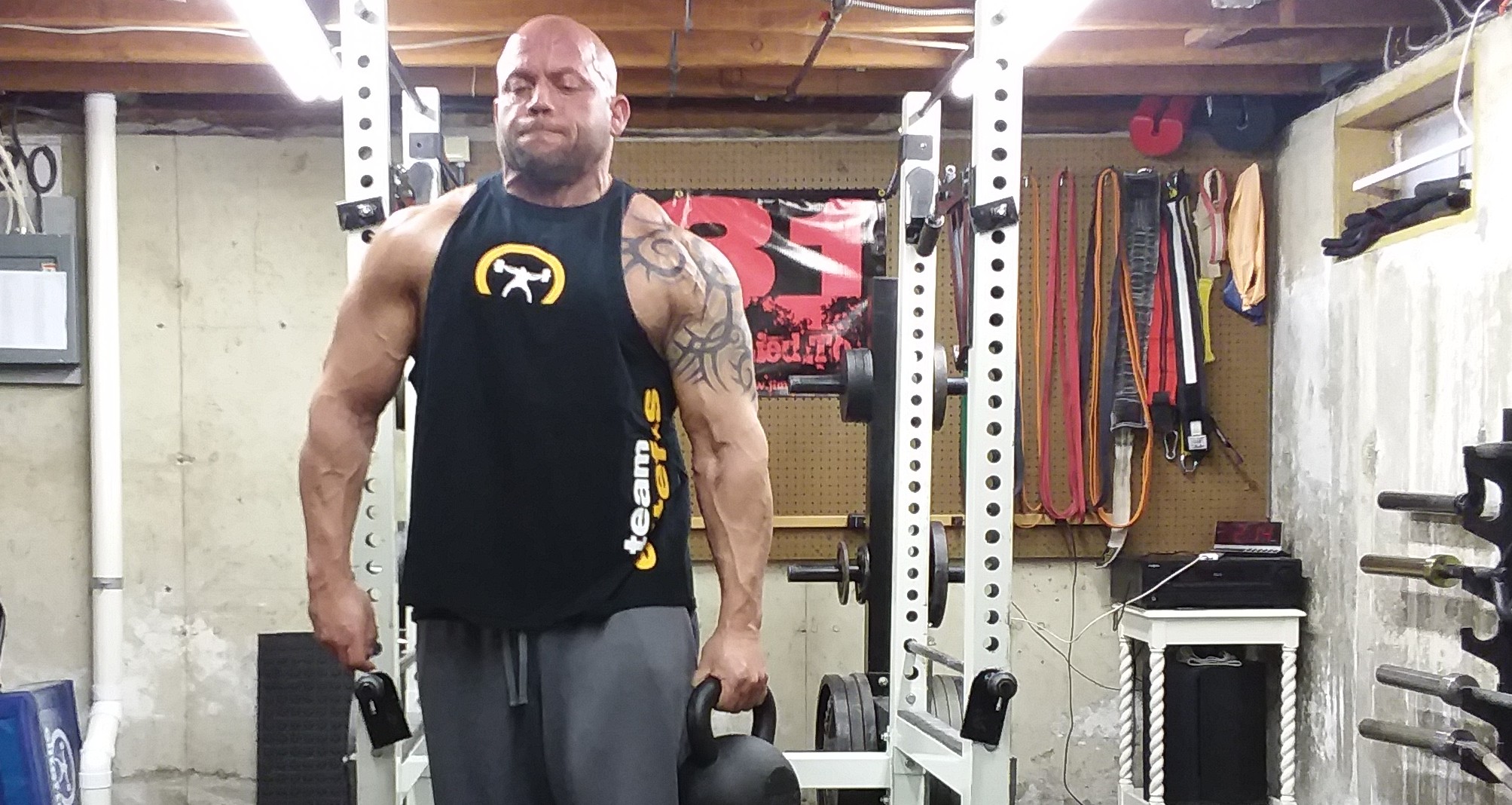
The more seasoned I become, the more I am learning I need established deload weeks. For experienced lifters, you recruit more muscle fibers when lifting heavy. This is why you have to be more in tune with your body versus those less experienced.
I used to be able to push up to six weeks without a deload. For that week, like most, I would simply decrease the volume and intensity of the main lifts and assistance. Now I am finding I need to get out from under the bar completely.
Knowing what I know now, I think it's a good idea for lifters of all ages and ability levels to get out from under the bar now and again. If you are taking a break from the main lifts, that time can even be maximized by training a few different modalities. It doesn't have to be just going through the motions of moving some light weight.
One of the best things about not competing on an elite level any longer is, it gives me the opportunity to experiment with my training more. With that, I have found a number of things that help my body feel really good. Some of them are body weight exercises, unilateral movements, carries, and circuits. I also need to note, I very much like incorporating exercises that require me to get down and up off of the ground. As you get older, you'll find that it's not as easy to do that as gracefully as you once did.
So my deload now loosely consists of the following aspects: strength, conditioning, grip work, and mobility. Granted, I am not striving to hit any one of them very hard, but collectively they make for a solid deload session. It should go without saying, but I always perform my usual warm up prior to these circuits.
Upper Body Deload
Dip or pushup
Pullup or row
Ab movement
Carry
Lower Body Deload
Unilateral leg movement
Posterior chain movement
Ab or posterior chain movement
Carry
Like I mentioned earlier, my reason for these is to recover and feel good. Pushing too hard would defeat the purpose. Pick weights and reps that are comfortable and then set a timer for 20 minutes. Then go non-stop from one movement to the next. Don't get caught up in the reps and sets. I don't even try and count the sets, and sometimes my reps change to make a circuit easier or harder depending on how it's going.
For me, I know I have picked the right weights and reps when I start to break into a little sweat and my breathing ramps up a bit. You shouldn't be panting as if you were doing prowler sprints. You should more or less still be able to carry on a conversation as if it were a jog or brisk walk.
You can add dumbbells, kettlebells, chains, bands, or a weight vest to make movements more challenging if necessary. However, if you are not used to doing a lot of these functional exercises, adding resistance won't be necessary. I know when I first started performing things like single leg deadlifts, rear elevated split squats, glute ham raises, etc, they didn't need to be weighted to be difficult.
Here are some exercise options for the different categories.
For the push ups you can use any variation, wide, close, elevated, to the floor, to a bar, with suspension straps. The dips can be bench dips, traditional, or anything else you can come up with. I may even play with some upper body unilateral movements such as kettlebell bottom up presses or a single arm dumbbell bench.
With the pullups, go regular or you could do fat-man pullups, aka inverted rows from a bar or suspension straps. For rows, don't go heavy. Do something unconventional like one arm kettlebell rows or renegade rows. In other words, you want to be doing something a little different than your normal rows. It's great to train on different planes and angles.
Ab work is pretty self explanatory. Some of my favorite choices are ab wheel rollouts, hanging leg raises, and ghr situps. Your choices are pretty unlimited here.
The fourth movement on both the upper and lower days is a carry. I have become a huge fan of carries. I especially like one handed versions. I find they work my core much harder than two handed versions. However, two handed carries are good as well. You can use a trap bar, kettlebells, dumbbells, sandbags, farmers handles, chains, plates, and a myriad of other things. You can carry things to your sides, over your shoulders, in front of you, between your legs, even over your head if you want to. Carries are very versatile and functional.
For the lower body day I start with a unilateral leg movement. I don't know if I'd call them my favorite due to the fact that they suck, but I often choose Bulgarian Split Squats also known as Rear Elevated Split Squats. Some other good choices are lunges, single leg deadlifts, and regular single leg squats.
The second movement of the day is a posterior chain movement. There are so many exercises to choose from here. To name a few you have glute ham raises, back raises, good mornings, reverse hypers, glute bridges, bird dogs, kettlebell swings, and the list goes on. By the way, I know the leg and back movements mentioned are considered posterior chain exercises also. Don't be the smart ass over insignificant details.
For the third movement go with either an ab movement or posterior chain. You can't go wrong with either. If you know of a weakness that can be addressed here, attack it.
Lastly, like the upper days, finish with a carry.
There you have it, a different kind of deload. I hope you try it out and it treats you as well as it has treated me.








